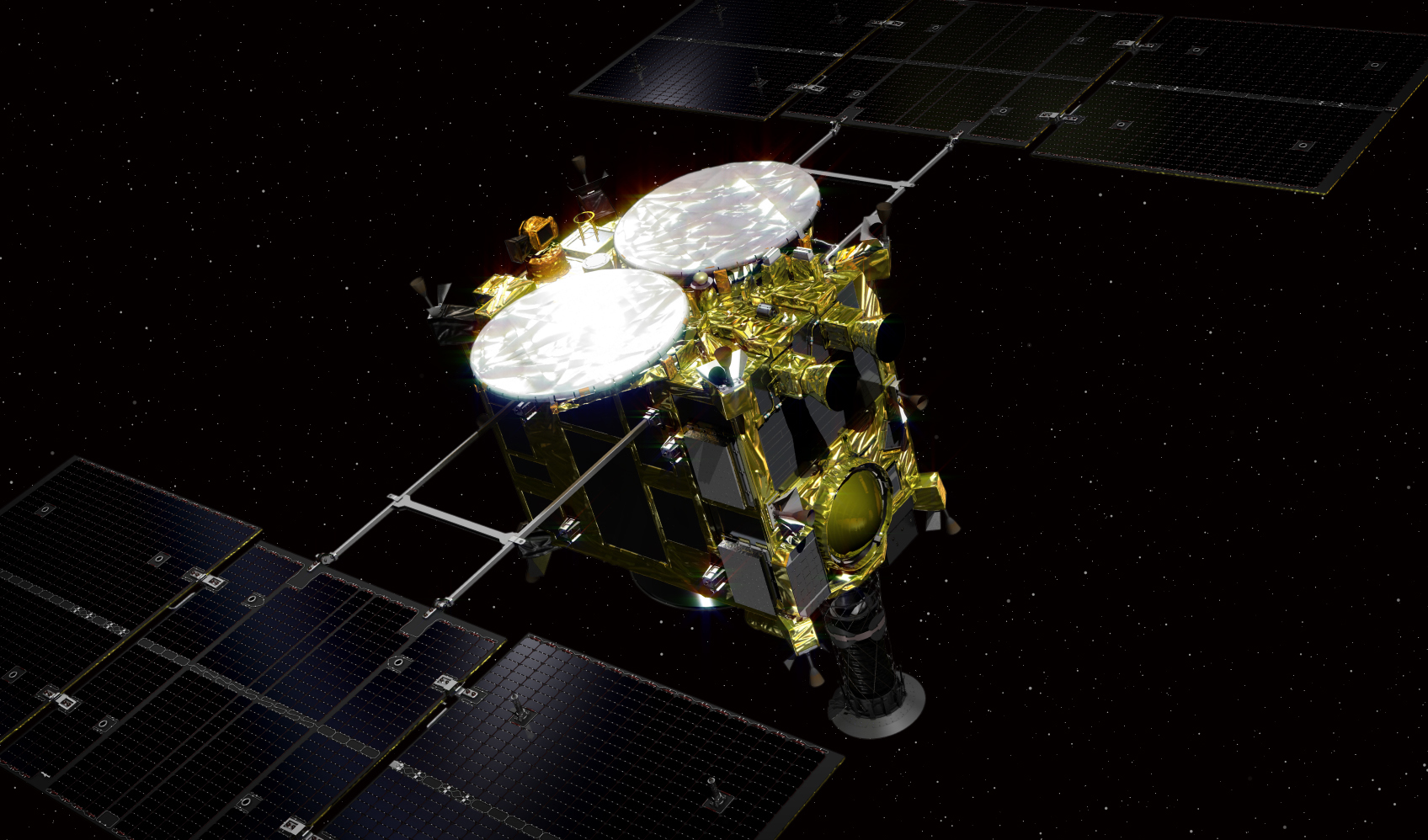Japan’s Hayabusa2 probe met asteroid Ryugu back in June 2018. Since then, it has performed to touchdowns, one on February 21st of 2019 and another one on July 11th 2019.
During both of them the spacecraft collected samples directly from the asteroid – the one in June collected materials from beneath the surface. Mission control has both photographic and video evidence that the spacecraft has collected the materials but they cannot be completely sure until they will search the spacecraft themselves.
At long last, with all the samples the researchers back on Earth needed (hopefully) and a well-deserved place in the space history books, Hayabusa2 is getting ready to return home – however, that journey will only end sometime in late 2020.
Hayabusa2 will have to undertake a 300 million kilometer (186 millionmile) trip back home so JAXA, Japan’s space agency, conducted a test procedure that saw the sample chamber placed inside the probe’s re-entry capsule, just to make sure it will be kept safe.
Unlike the original Hayabusa mission, the capsule will not have to endure all the hardships of space travel, only those of the atmospheric re-entry and the Hayabusa2 will actually be expected to stick around in space for a while longer and participate in another mission. That mission’s details are currently unknown at this time.
JAXA is looking to Australia as far as a landing area goes and is in talks with the Australian government about a restricted territory called Woomera. To ensure the success of the mission, JAXA will have to build an antenna station in the area, which will help them track and locate the capsule which will be then sent to Japan for analysis.
These samples are particularly important because they might help the scientists learn more about the origins of the solar system and what organic materials made life as we know it, possible on Earth.
Follow TechTheLead on Google News to get the news first.























